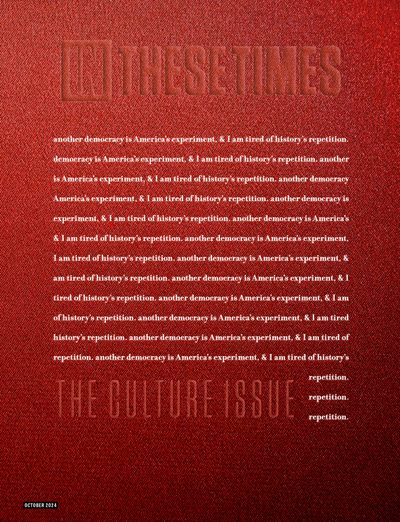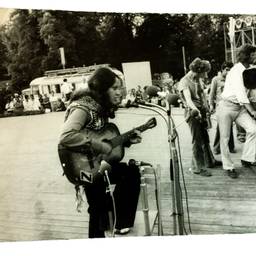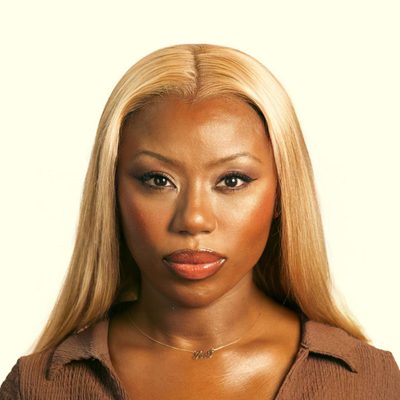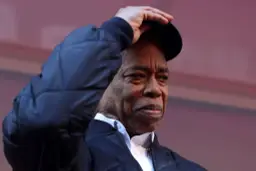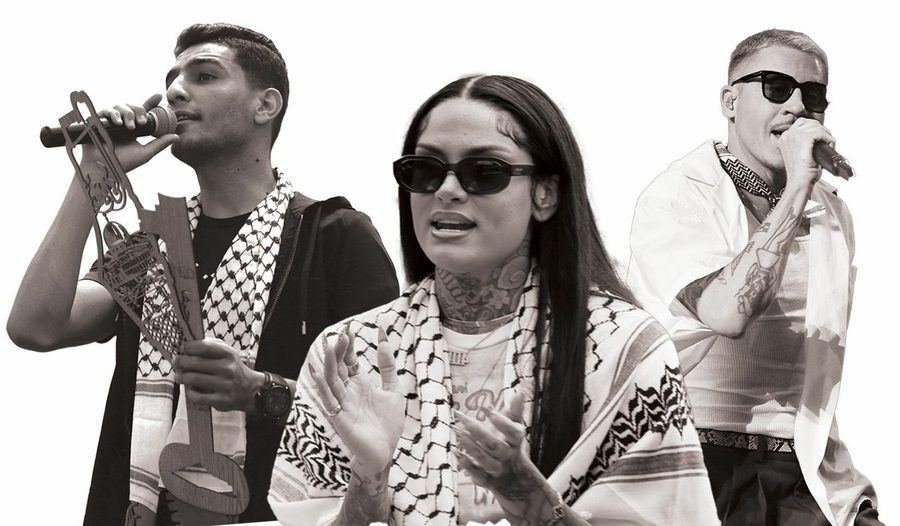
Before February’s Grammy Awards, hundreds of protesters rallied off the red carpet in downtown Los Angeles to demand an end to Israel’s ongoing genocide in Gaza. During the ceremony, singer and activist Annie Lennox performed a tribute to the late singer and activist Sinéad O’Connor, then proclaimed: “Artists for ceasefire. Peace in the world!” Lennox’s was among the only political commentary from an artist at the show.
Mainstream musicians — a group once instrumental in amplifying sociopolitical causes and movements — have largely stayed silent lately. The business of entertainment pop, as it stands, discourages artists from engaging in protest, pushing them to explore safer, perhaps more commercially viable themes. Their absence has not only diminished the cultural resonance of contemporary social issues — making it harder to galvanize widespread support and awareness — but adds significant risk for artists who do take political stands.
In a recent interview, singer Kehlani lamented how her career has taken a hit since her loud support of Palestinian liberation efforts in 2023. “I have experienced a lot of pushback; I’ve experienced a lot of loss,” she said. “Magazines and brand deals and opportunities that were sad to lose, but at the end of the day, I don’t regret doing something. … I can look myself in the mirror.”
In Kehleni's "Next 2 U" music video, the singer performs in front of a Palestinian flag while wearing keffiyeh-patterned clothes. Her career has taken a hit since her loud support of Palestinian liberation efforts in 2023.
In lieu of overt, mainstream protest music, some songs have gained popularity among movement activists. Following the release of Kendrick Lamar’s “Alright” in 2015, the hopeful “We gon’ be alright” lyric could be heard at Black Lives Matter protests around the country. Brooklyn rapper Pop Smoke’s “Dior,” a song celebrating good times and shopping for luxuries, became a popular fixture at George Floyd protests in New York in 2020, perhaps propelled by the sudden fatal shooting of the 20-year-old rapper. In the past year, Mohammed Assaf’s “Dammi Falastini” (“My Blood Is Palestinian” in Arabic) has often been heard at pro-Palestine demonstrations. And this summer, Lamar’s incendiary Drake diss track, “Not Like Us,” was played at anti-tax protests in Kenya.
Regardless of content, these songs provided a soundtrack to movements, perhaps exemplifying how protest music can organically spread and take shape.
"Hind's Hall 2" by Macklemore featuring Anees, MC Abdul, Amer Zahr
The freedom that independent artists and platforms have offers hope for a resurgence of protest music. Unbound from the constraints of record labels and industry pressures, independent artists can address social issues with intention and purpose, fostering a new era of music activism. In May, independent rapper Macklemore released his pro-Palestine song “Hind’s Hall” and an accompanying video, with all proceeds from the song (and the remix) going toward the United Nations Relief and Works Agency for Palestine Refugees. In his quick cadence, he raps: “What is threatening about divesting and wanting peace? The problem isn’t the protests, it’s what they’re protesting. … You can’t pay off me. Politicians who serve by any means. AIPAC, CUFI and all the companies. You see, we sell fear around the land of the free. But this generation here is about to cut the strings.”
Reaching three Billboard charts since its release, the song’s success shows how audiences are eager for music that speaks to the issues of the moment.
